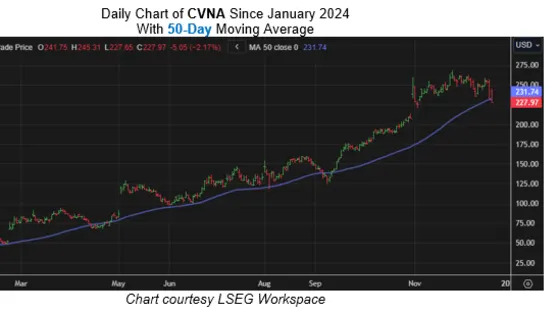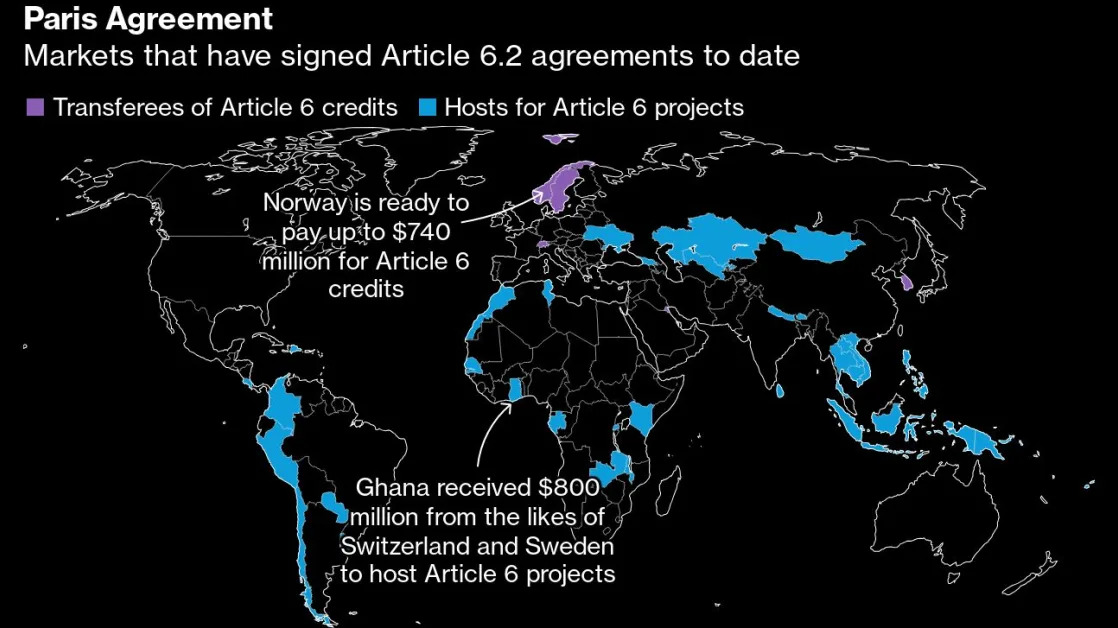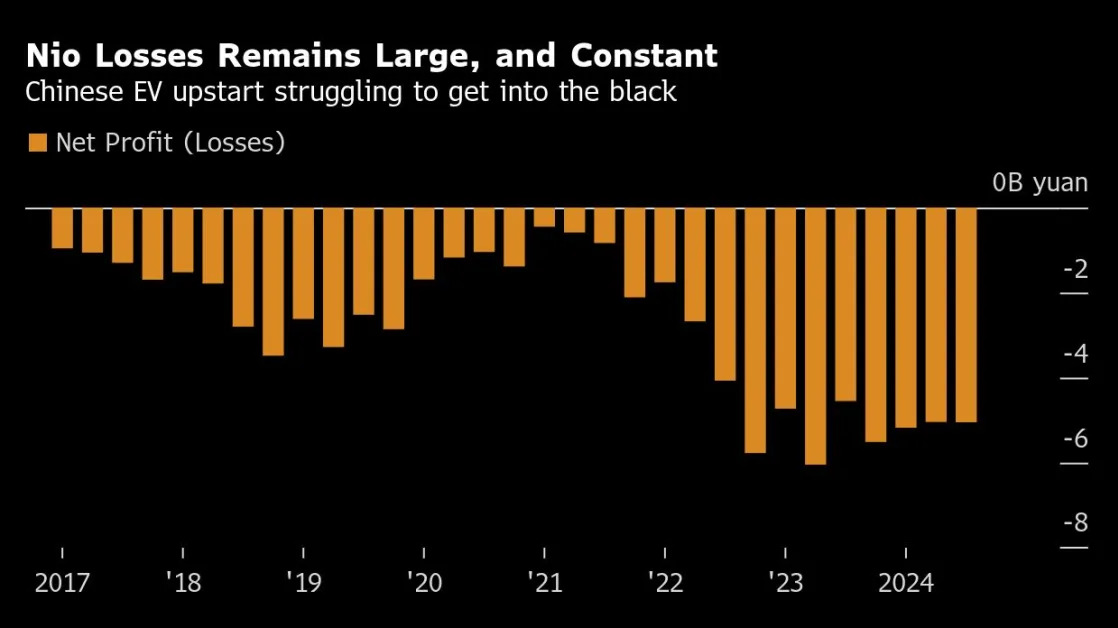(Bloomberg) -- Two Federal Reserve officials on Friday echoed comments from Chair Jerome Powell earlier this week, downplaying the recent rise in a key measure of long-term inflation expectations but emphasizing the outlook is highly uncertain.
New York Fed President John Williams and Chicago Fed President Austan Goolsbee both said the labor market and growth have been solid, and noted any inflationary impact from tariffs has the potential to be short lived. That’s similar to what Powell said Wednesday in a press conference following the central bank’s meeting, when policymakers left interest rates unchanged for a second straight time.
“There are no signs of inflation expectations becoming unmoored relative to the pre-pandemic period,” Williams said during the Macroeconometric Caribbean Conference in Nassau, Bahamas.
A University of Michigan survey of consumer expectations for inflation over the next five to 10 years has increased for three straight months, to 3.9%, the highest level in more than three decades. That has raised alarm among investors and economists that the Trump administration’s trade policies will lead to a resurgence in inflation, forcing the Fed to keep interest rates higher for longer.
Powell and the Fed officials, while largely dismissing the University of Michigan measure, all noted that it’s crucial to keep long-term inflation expectations stable. Other gauges of expected inflation, they said, have largely remained steady.
Some Fed officials have argued that the central bank can look through price shocks from tariffs only if inflation expectations remain anchored.
Williams also said there’s a high level of uncertainty over how rapid changes to immigration, trade and fiscal policy will alter the economy. Still, he said, the current stance of monetary policy is appropriate and positions the US central bank well to respond to changing conditions.
Speaking with reporters following his prepared remarks Friday, Williams emphasized there are many plausible scenarios for the economy amid such uncertainty. But he noted officials’ median forecasts released earlier this week — which showed slower growth and upward adjustments to inflation and unemployment forecasts — seemed “reasonable.”
“The current modestly restrictive stance of monetary policy is entirely appropriate given the solid labor market and inflation still running somewhat above our 2% goal,” Williams said in his speech. “It also positions us well to adjust to changing circumstances that affect the achievement of our dual mandate goals.”
Transitory Inflation
Goolsbee, speaking in a separate interview, said the impact of limited tariffs could be transitory, a loaded word for the Fed that Powell also used earlier this week. Fed officials used the same word through much of 2021 to describe the pandemic-era spike in inflation. They eventually were forced to admit their mistake and lift interest rates aggressively.
The Chicago Fed chief said one-time levies, without retaliation from trade partners, could allow the Fed to look through any impact on inflation, he said. So far, that’s not how the situation is playing out in President Donald Trump’s second term.
Several US trading partners have already retaliated with tariffs of their own or are planning to do so, and the trade war is poised to escalate further in the coming weeks. The administration has said it will announce so-called reciprocal tariffs on April 2.
Williams said the direct effects of tariffs “might be short lived,” but there are also situations where effects could be more persistent.
“We have to assess what’s happening in terms of policies, what’s going on in the economy otherwise and really think through kind of where this balance of risk to achieving our goals is,” he said.
Williams said earlier this month he anticipates tariffs will boost inflation, but stressed there are uncertainties over what the final levies will be and how the economy will respond.
The New York Fed chief said he expects growth to moderate this year from 2024 in part due to a slowdown in labor force expansion caused by reduced immigration. He also sees somewhat higher unemployment and inflation in 2025.
Policymakers left borrowing costs unchanged earlier this week after lowering their benchmark interest rate by a full percentage point late last year. Powell repeated officials are in no hurry to adjust rates, and that monetary policy is well positioned to wait for greater clarity on the effects of Trump’s policy changes on trade, immigration and regulation.
Officials continued to pencil in a half percentage point of rate cuts by December, according to the median of projections released after the meeting. Eight policymakers said they favor one or no cuts this year.
Equity markets have been volatile in recent weeks, with investors worried that Trump’s policy changes will put a drag on growth.
Balance Sheet
Fed officials announced this week they would slow the pace at which they’re reducing their balance sheet. Starting in April, the Fed will allow up to $5 billion in Treasury securities to mature each month without being reinvested, down from $25 billion. The cap for mortgage-backed securities remained unchanged at $35 billion.
The New York Fed chief said the decision to slow the runoff was “a natural next step” in the Fed’s efforts to shrink its portfolio, saying the move has “no implications” for monetary policy.
Fed Governor Christopher Waller on Friday released a statement explaining his dissent this week over the balance sheet decision, saying the banking system still has enough reserves for the central bank to keep its monthly runoff of Treasury securities unchanged.
“Slowing further or stopping redemptions of securities holdings will be appropriate as we get closer to an ample level of reserves,” Waller said. “But in my view we are not there yet because reserve balances stand at over $3 trillion and this level is abundant.”
(Updates with Goolsbee, Powell comments on inflation from first paragraph.)





